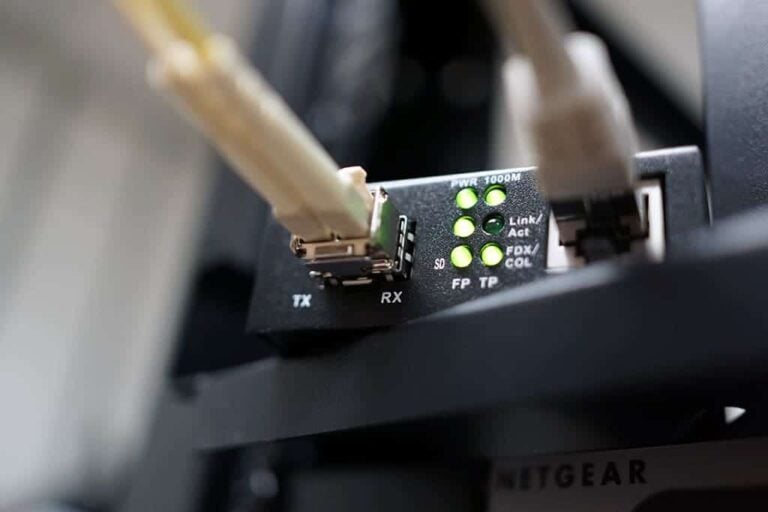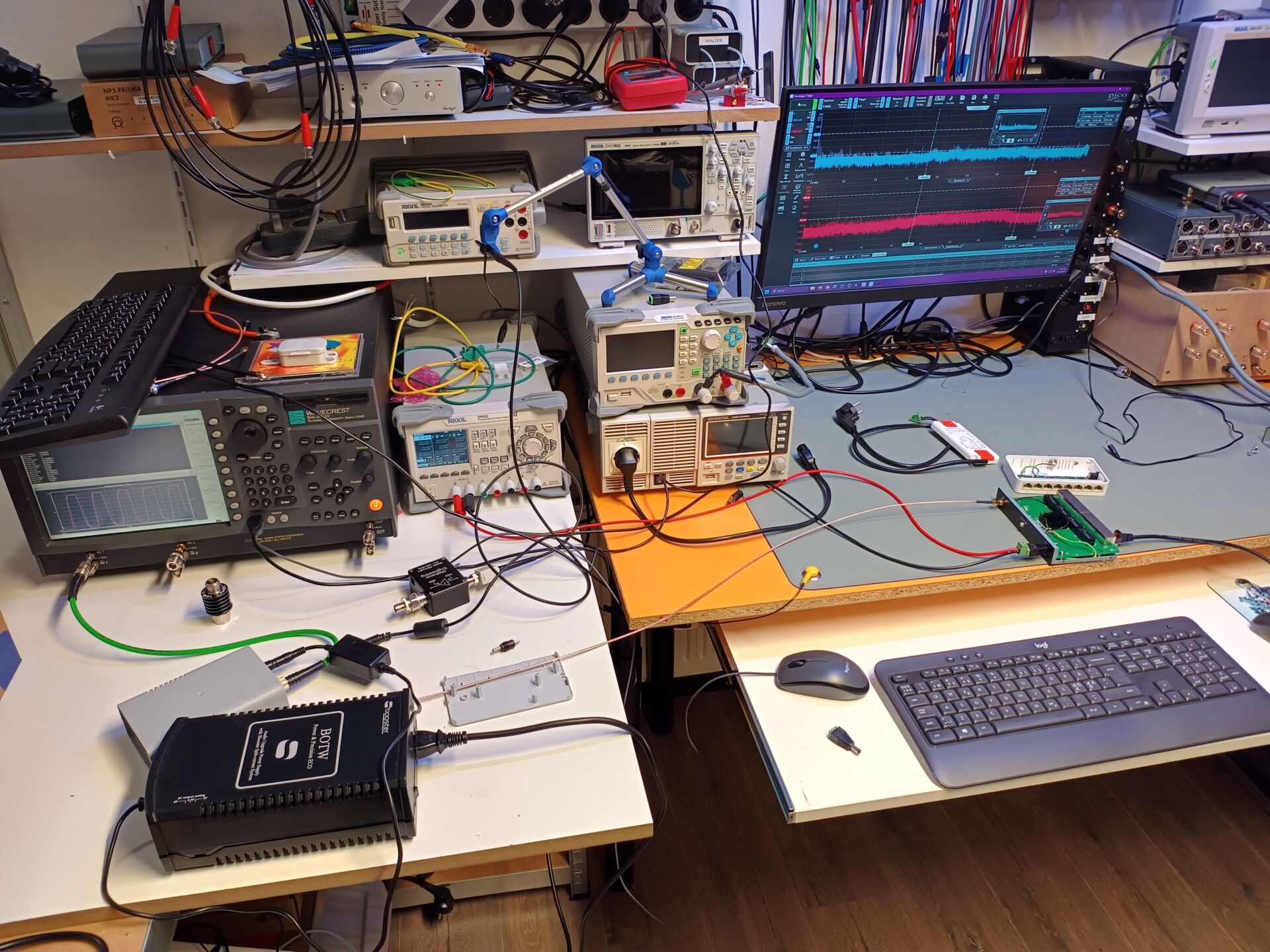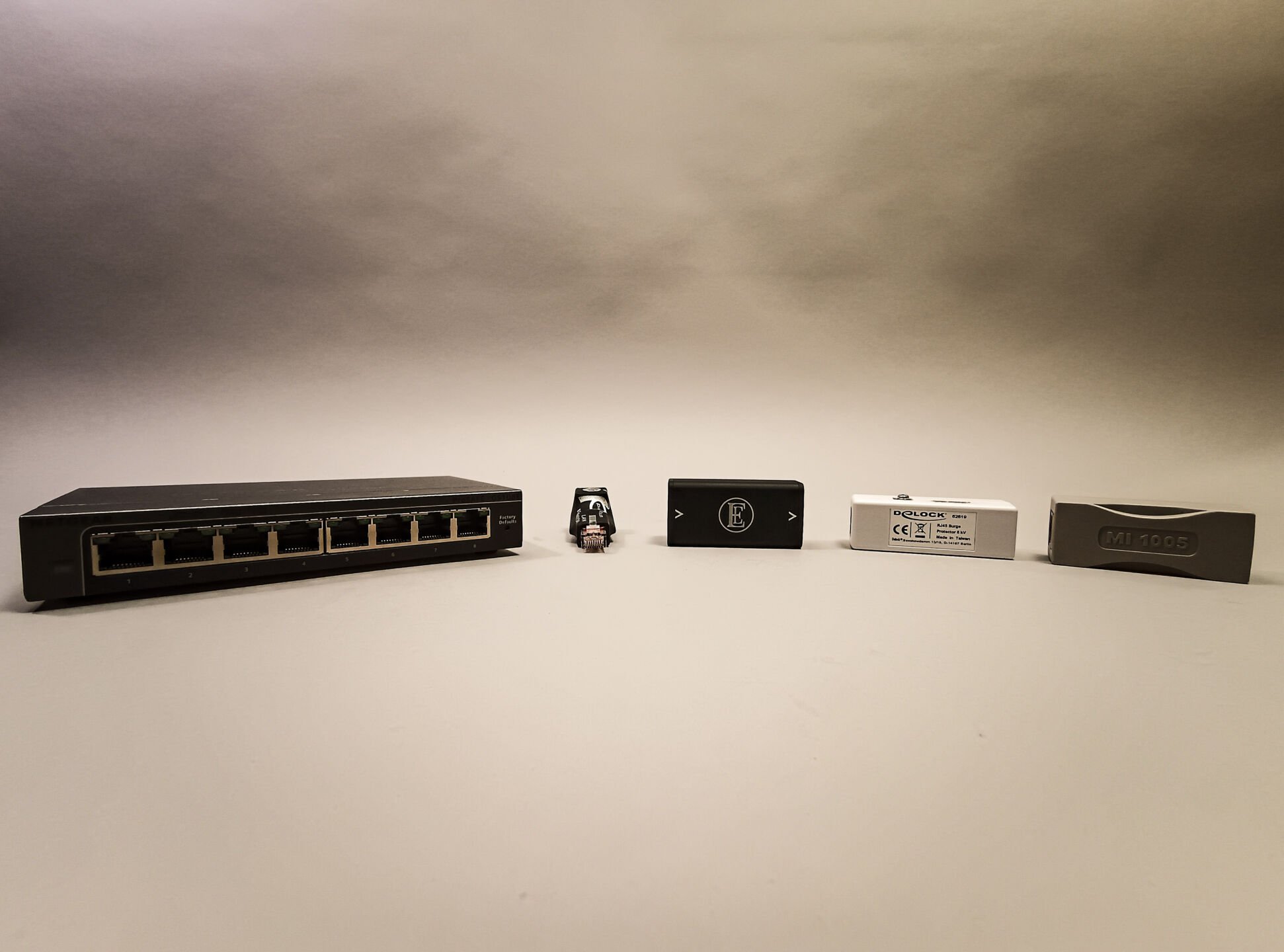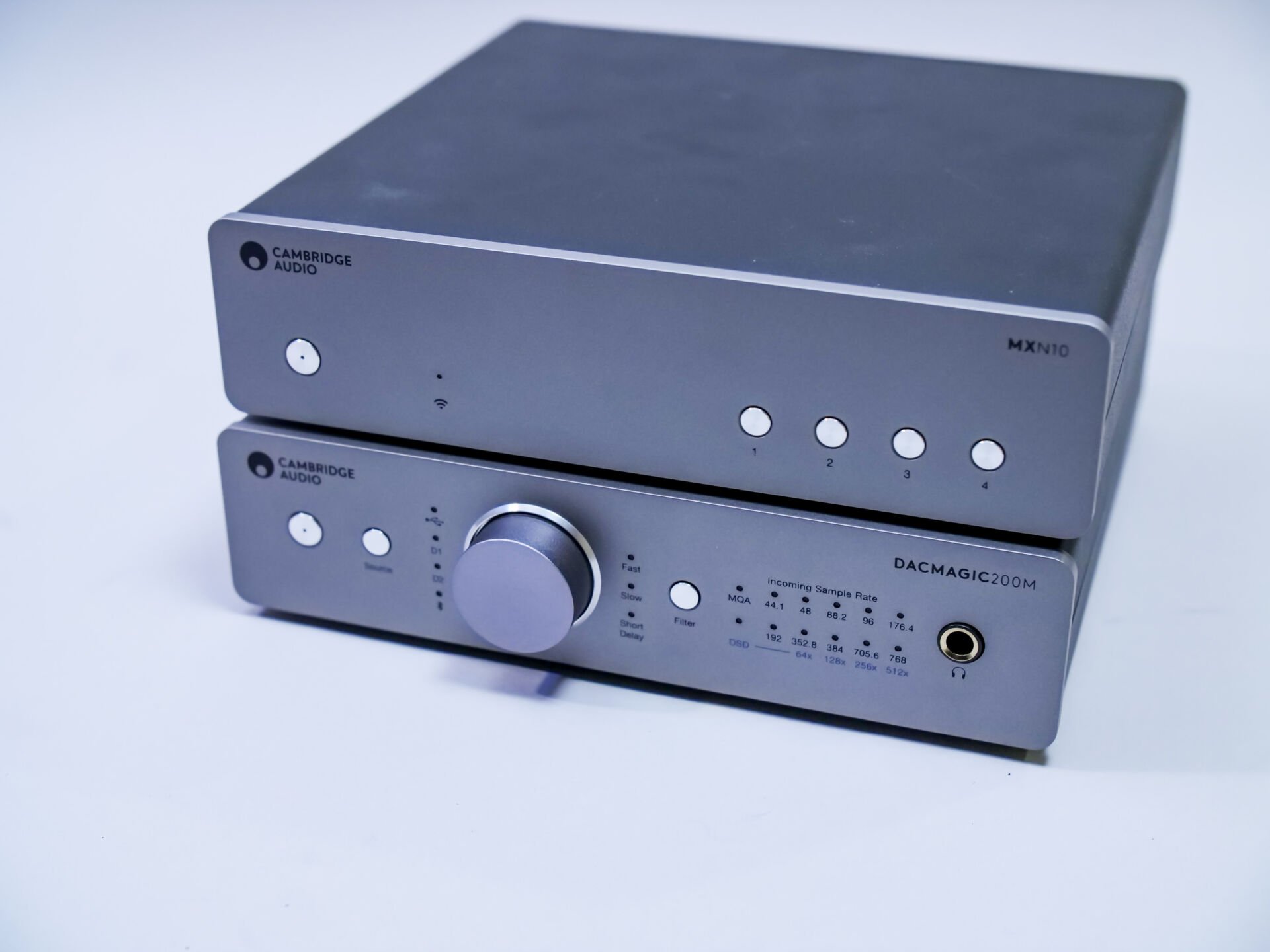

We have regularly heard from readers that they hear a difference between network cables. And now we’re not going to deny it. However, we are not (yet) convinced about the differences between various UTP cables (Or SFP, S-FTP, etc). What we are curious about is an optical – fiber – network for audio. We bought two converters, bought some SFP modules and laid 20 meters of fiber cable. Does it make an audible difference? Read on!
We have never really been convinced of the difference in various network cables. Yeah, we’ve noticed some differences, but that’s on one particular streamer. Mostly the Pioneer N50. And later on a Linn. But on our own reference – the NAD M50 – we have actually never been able to observe reproducible differences.
Still: there are too many people who say they can hear differences. So we gave it a lot of thought. Is it data corruption? No… our (managed) switches show packet drops and corruption. And we haven’t measured any corrupt packets over long periods of time. Is it timing? No… neither, because streaming is package based. And then the clock is not relevant for the audio data. That only leaves one thing: noise. Switching noise. Common mode noise from the switch to the streamer. That sounds plausible. And that could also explain why some streamers are, and others are not or less sensitive to it.
Optical
A solution to eliminate noise is to go for optical. That’s also a trick with an spdif connection. Ground loop? Grab an optical cable and you’re done. With a network, that option is also available. There are so-called fiber networks. Our switches allow you to insert sfp modules in order to make an optical connection. Not all switches have that.
Luckily there are converters too. We searched online for an affordable converter that accepts an sfp module. We came to this one. Then, on ebay, we found an affordable, working sfp module that also works in our Netgear switches. We can use them for other purposes later. Optical cables are available everywhere. And these are also available in countless lengths.
Power Supply
To keep things clean on the stream side, we put a 5 volt sbooster power supply on the converter. After all, the whole goal is to get noise as low as possible. The whole chain looks like this with us:
- From the core switch an STP cable to the converter in the server room
- 20 meters optical cable to the listening room
- Optical cable enters the converter again (in the audio room)
- Sbooster power supply on the converter
- Supra-SFTP cable to the M50 streamer
Audible?
Yes, it is! It’s easily audible even!
In the optical network we hear more peace, more space in the stereo image and more refinement over the entire bandwidth. The low is less boomy, the middle is smoother and the high is less bright. In short: a worthwhile investment. If you don’t believe it… come along and see for yourself. Coffee’s ready.













